“A lie can travel halfway around the world, while the truth is tying its shoelaces.” This famous quote aptly summarises the methodology of using lies, half-truths and misinformation to create anxiety and fear amongst the people. It is regularly used by our principal opposition party in their desperation to salvage their political relevance.
In an article ('The Grand Closing Down Sale', IE, August 29) former finance Minister P Chidambaram says “The big lie has been exposed.” Indeed, it has been. His own. It has also laid bare his own party’s hypocrisy — what is good for the country when the Congress was in government is bad for the country if the government is led by Prime Minister Narendra Modi and the BJP. His article is littered with false assertions and half-truths. It is a pity that a senior MP and a former Union minister has to do this to score a political point. And he fails.
The claim that the Modi government by the stroke of a pen has threatened to reduce India’s public assets to zero shows that he either does not understand what the National Monetisation Pipeline (NMP) proposes to do or that he understands but wishes to twist logic. He obfuscates by deliberately mixing up strategic disinvestment with asset monetisation. The fact is that none of the assets in the NMP are up for sale. They are going to be leased out to private partners through an open and transparent bidding process on terms which more than safeguard the public interest. The entire process must satisfy the law and the courts of the land. The private partner will operate and maintain the assets and return them to the government on completion of the lease.
The former FM wishes to appear ignorant about the use of innovative new instruments that the government has permitted in the monetisation of assets. The use of Infrastructure Investment Trusts (InvIT) and Real Estate Investment Trusts (REIT), which, like mutual funds, pool investments, which then flow to infrastructure and real estate, will allow the people of India and prominent financial investors to invest in our national assets. Some InvITs and REITs are already listed on stock markets.
What the former FM disparagingly calls a “rent” of Rs 1.5 lakh crore a year from asset monetisation will actually lead to more churn, and use of financial leverage to fuel higher government investment in building new infrastructure. That is the real logic of asset monetisation. Unfortunately, through scams like 2G, Coalgate, CWG and Adarsh, the UPA appeared focused on monetisation of a different kind.
The government needs financial resources to upgrade India’s infrastructure to world-class levels without over-burdening the honest taxpayers of this country. In the past seven years, the total length of highways has gone up one-and-a-half times the length created over 70 years. Total investment in the urban sector in the past seven years is over seven times the investment made in the 10 years between 2004-14.
Ironically, in his effort to distort the narrative, Chidambaram has disowned even the few progressive baby steps that the UPA Government had taken to monetise public assets. The privatisation of Delhi and Mumbai airports happened under the UPA Government when Chidambaram was Finance Minister and Chairman of the Group of Ministers which was responsible for decision making on the matter. Chidambaram writes that the Railways is a strategic sector and should not be opened to private participation. Why did he not put his foot down when, in 2008, the UPA Government invited Requests for Qualification for the redevelopment of the New Delhi Railway Station? Even after the UPA, the Congress has been in state governments which have taken policy decisions to monetise public assets. In February 2020, the Mumbai-Pune Expressway was monetised for Rs 8,262 crore by the government of Maharashtra. Chidambaram and his party could have stopped the Chief Minister Uddhav Thackeray’s “stroke of the pen.”
The former FM then raises the bogey of a possible creation of monopolies in certain sectors. He cites the examples of the US cracking down on tech companies, South Korea taking on Chaebols and China’s purge of some of its internet giants, all for anti-competitive practices. India also has institutions that deal with issues related to uncompetitive practices. There are sector specific regulators. There is the Competition Commission of India. There are consumer courts. All of these have the authority, quite independent of the Government of India, to come down heavily on any anti-competitive practice. The government is also committed to market competition and will design processes in a way that minimise the probability of any concentration of market power. In some areas, like Railway tracks, where there is a natural monopoly, there will be no asset monetisation.
The former FM raises other bogeys like the matter of jobs. The case studies of the privatisations undertaken by the Atal Bihari Vajpayee government show that jobs actually grow when an operation is more efficiently managed. In addition to jobs increasing in the assets being monetised, an entire new set of jobs will be created when the government reinvests its revenue proceeds. There is a positive multiplier effect, which someone who has been Finance Minister ought to appreciate.
Finally, Chidambaram accuses the government of secrecy in the way it has gone about the NMP. Nothing could be further from the truth. The asset monetisation was announced several months ago in the Union Budget in February 2021. Several rounds of webinars and national-level consultations were organised. What was announced last week was a roadmap. Earlier, the government had announced a strategic disinvestment policy in 2016.
Our government is committed to forward looking, pro-people reform. We are acting out of conviction. Stealth and secrecy are companions to Congress-style subterfuge. This government makes no compromise with transparency and national interest.
(Published in Indian Express, September 2, 2021)
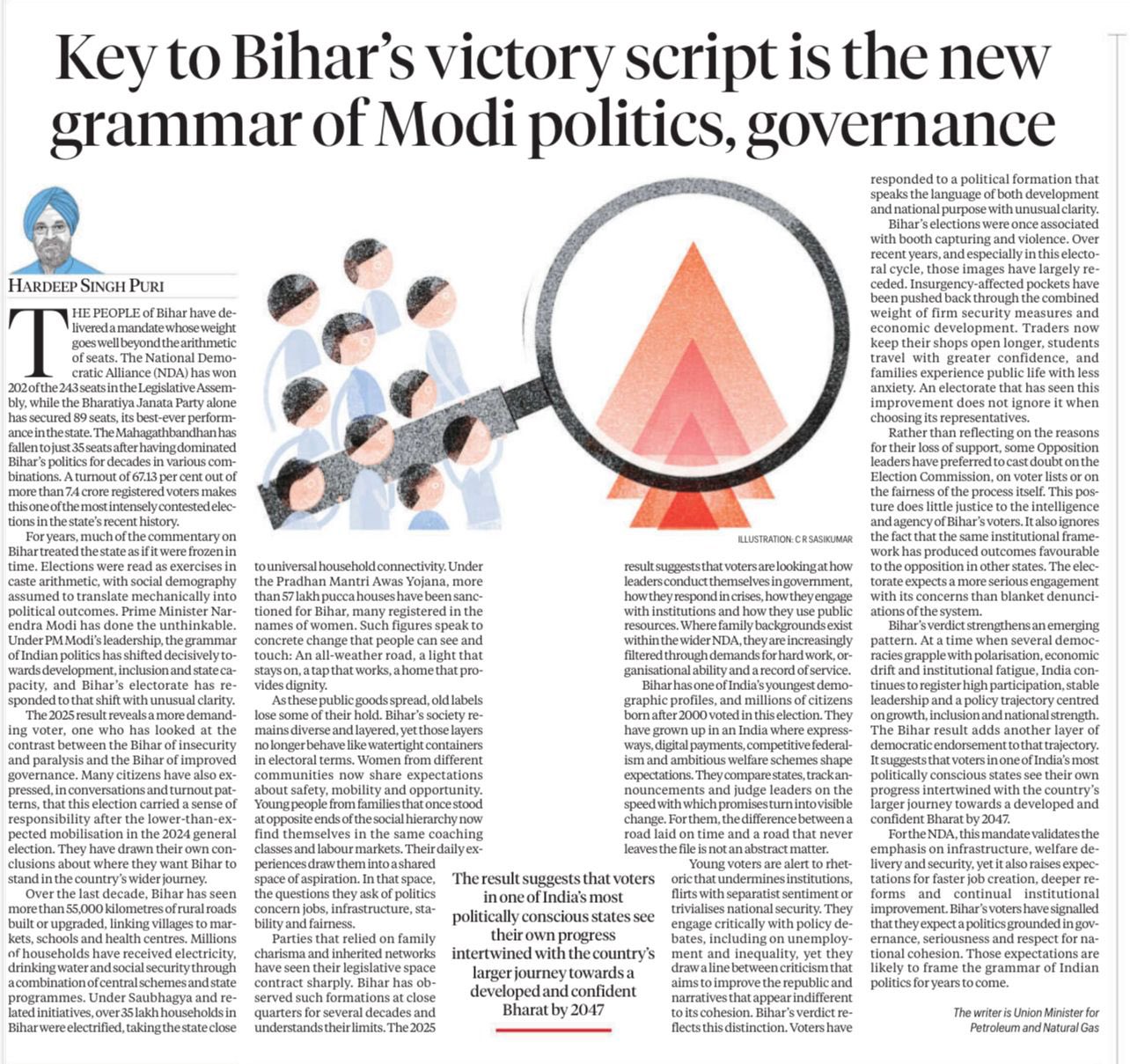
PM Sh Narendra Modi Ji has done the unthinkable in Bihar and it will change the grammar and lexicon of Indian politics for the ti...
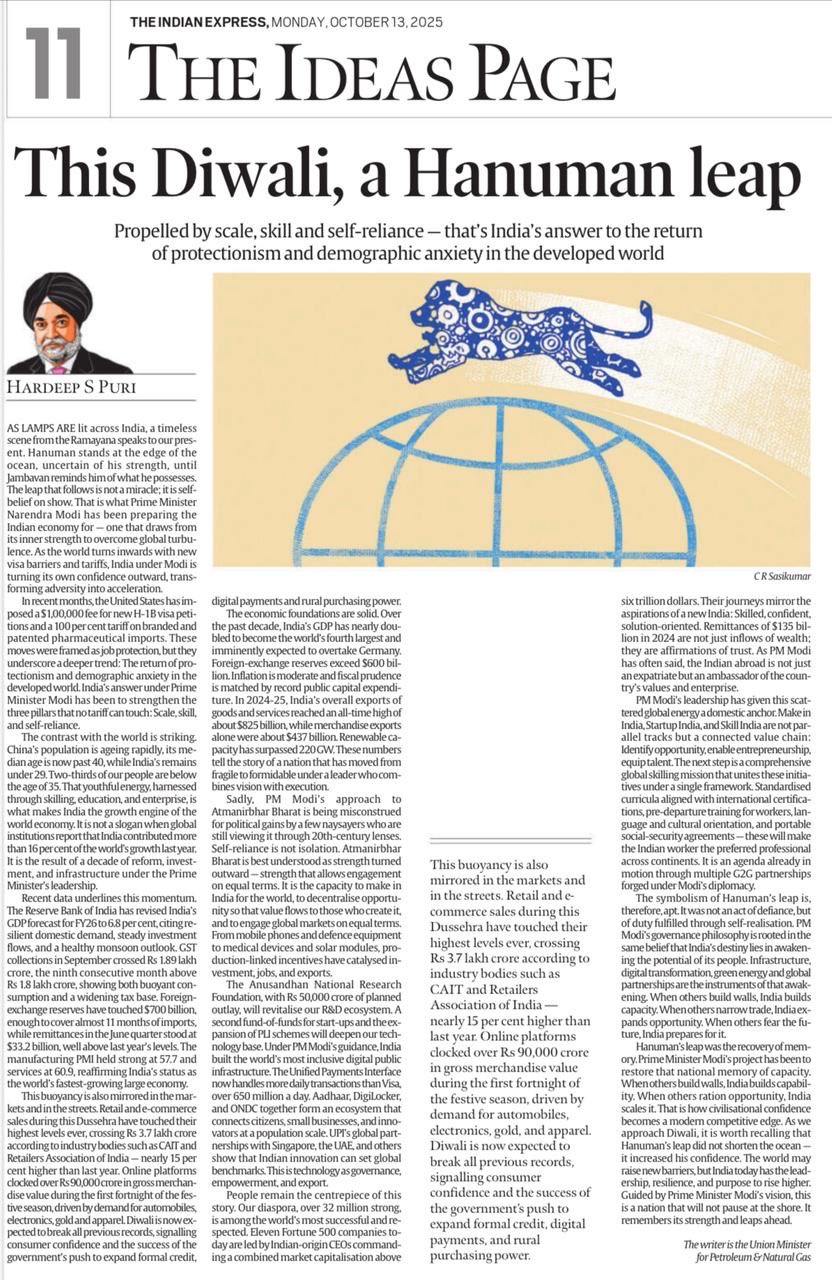
As the world passes through a period of geopolitical turmoil and uncertainty, India, under the visionary & decisive leadership of ...
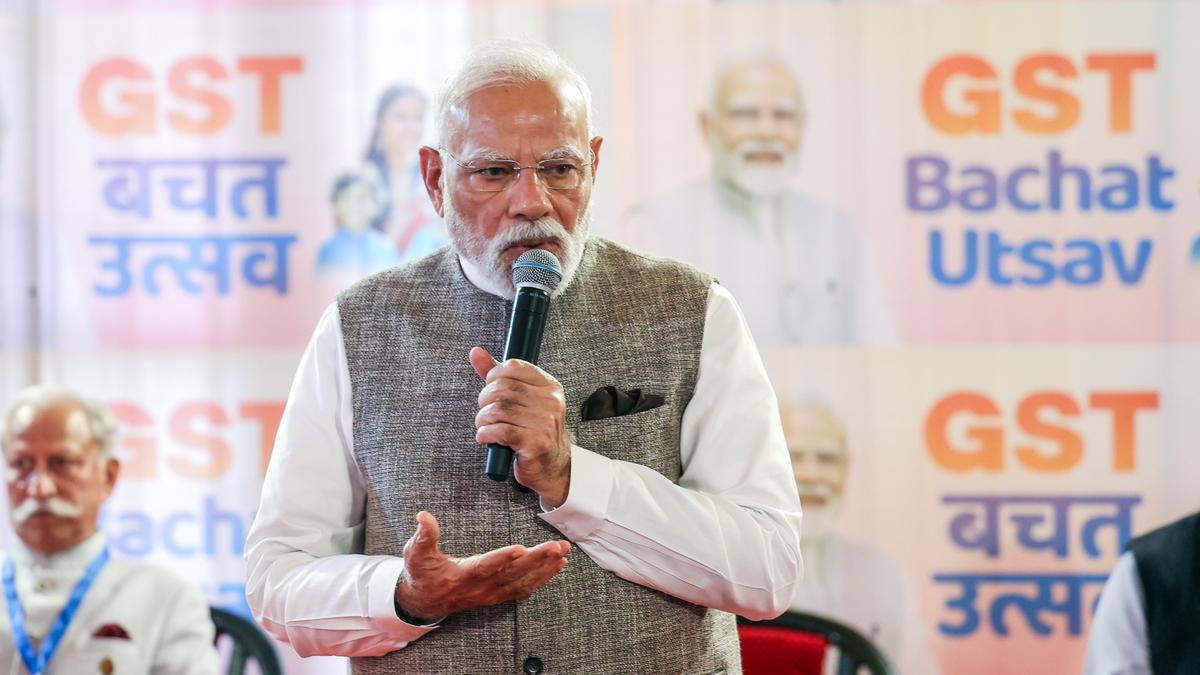
The Prime Minister’s professionalism and work ethic are what make the difference on the ground Praise has been showered on Pr...
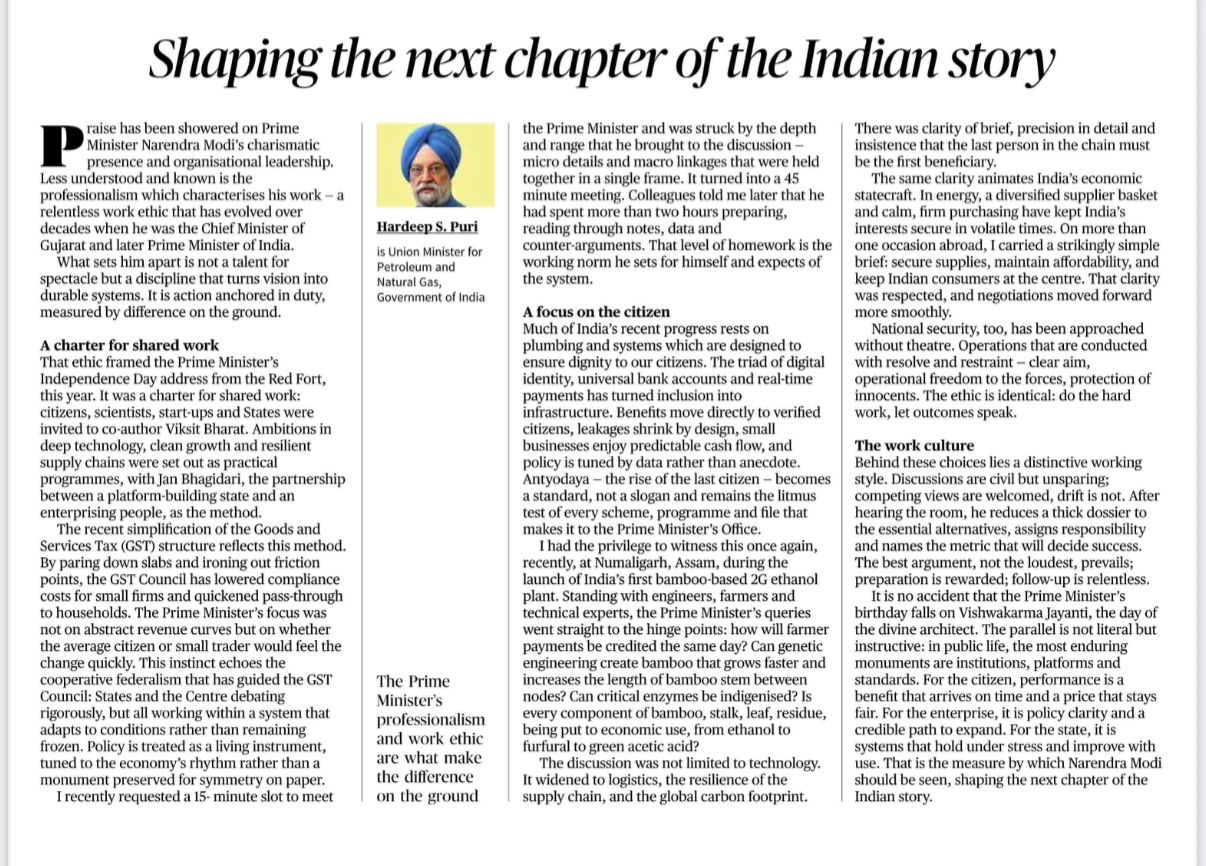
Shaping the next chapter of the Indian story!...
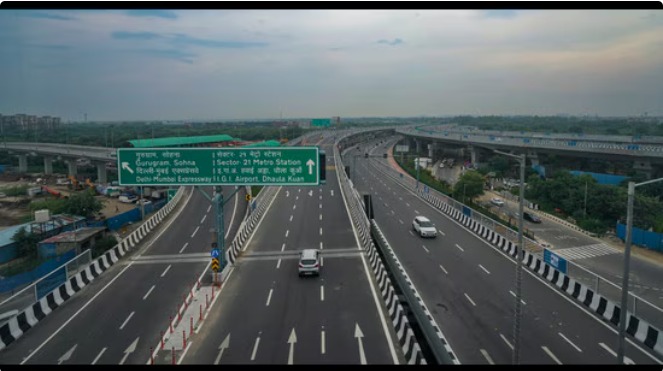
Indian cities are again on that path to being modern yet humane, ambitious yet inclusive, global in outlook yet rooted in our valu...

India’s fact-rich story of resilience, growth and energy security will silence the ‘global doubters’ who call it a ‘dead e...
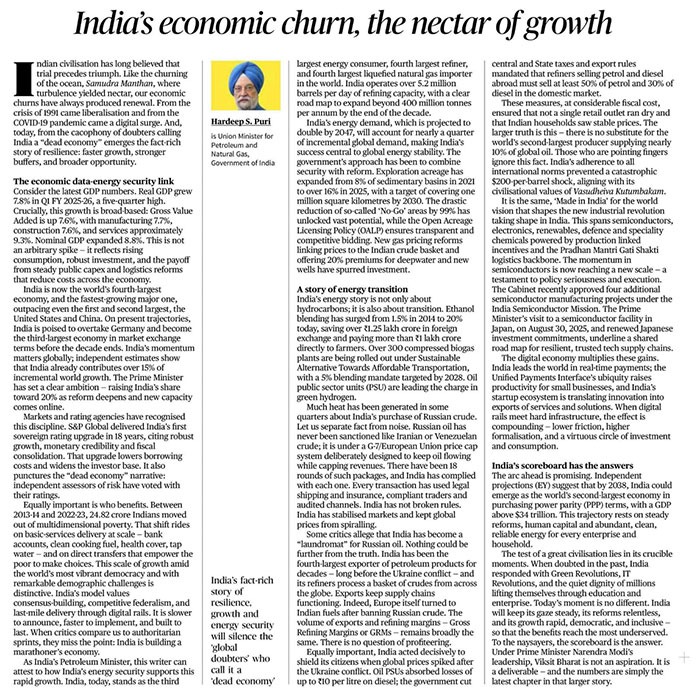
The test of a great civilisation lies in its crucible moments. When doubted in the past, India responded with Green Revolutions, I...
.jpeg)
विकसित भारत के लिए प्रधानमंत्री श्री नरेंद्र मोद...
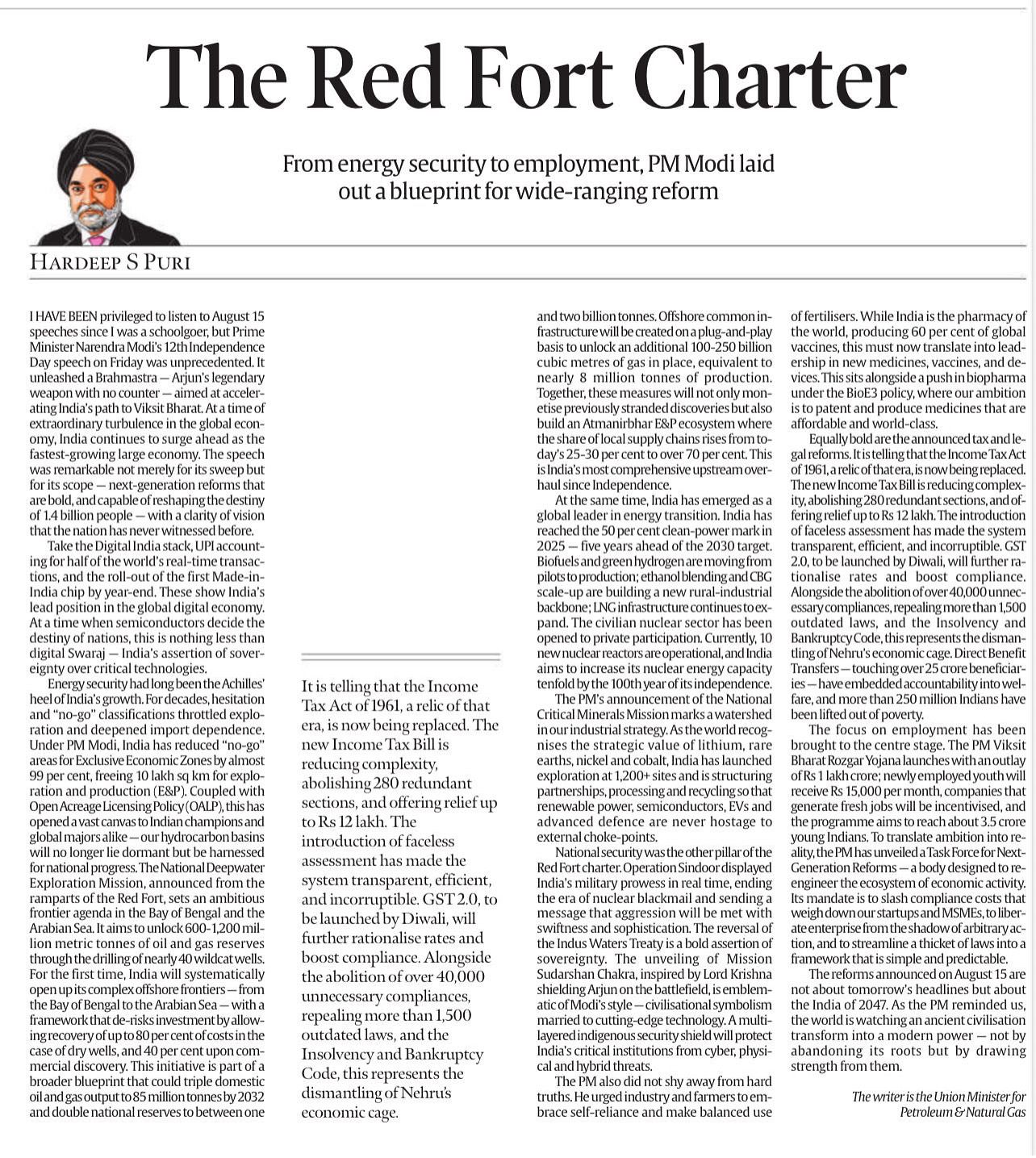
PM Sh Narendra Modi Ji’s unprecedented 12th Independence Day speech was remarkable for its sweep and scope. The speech which un...